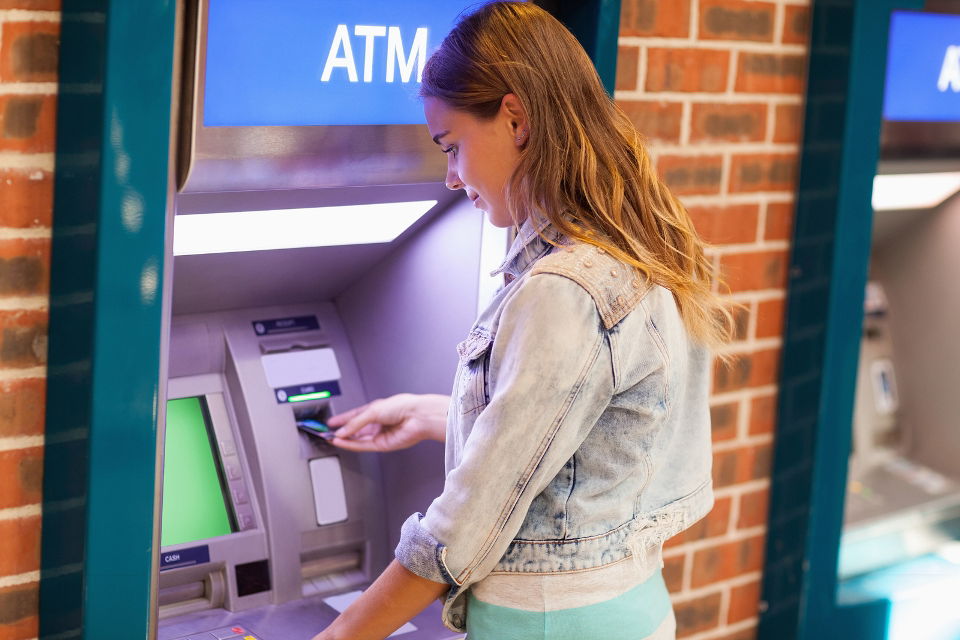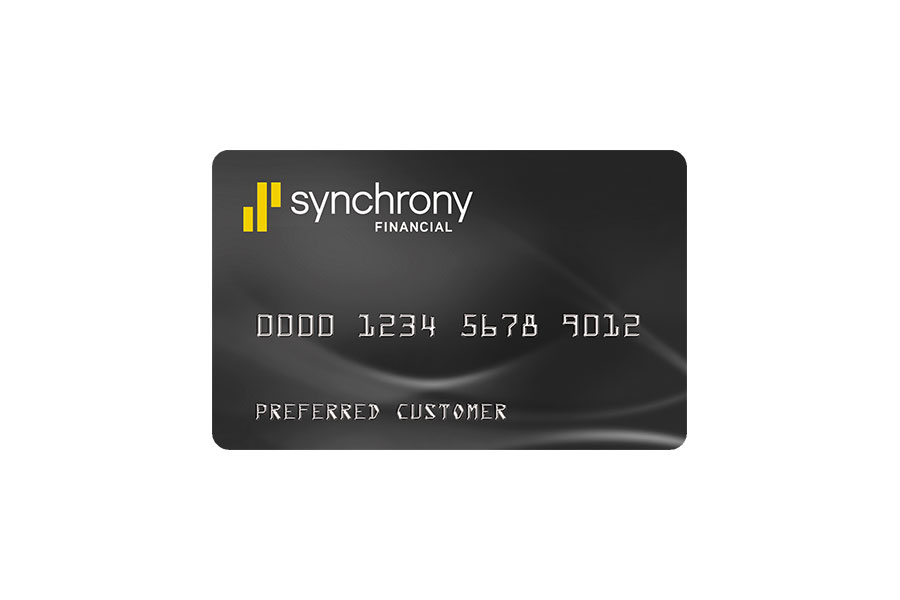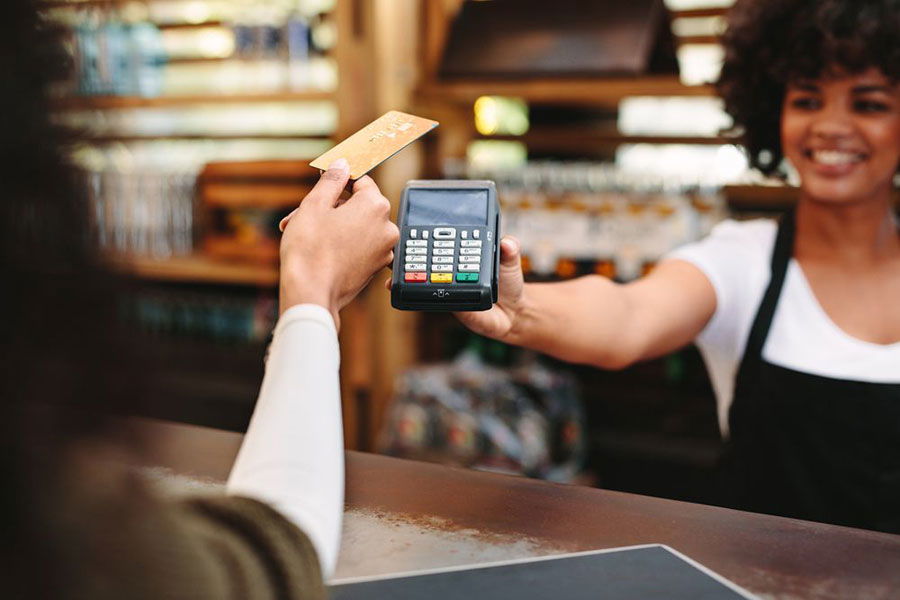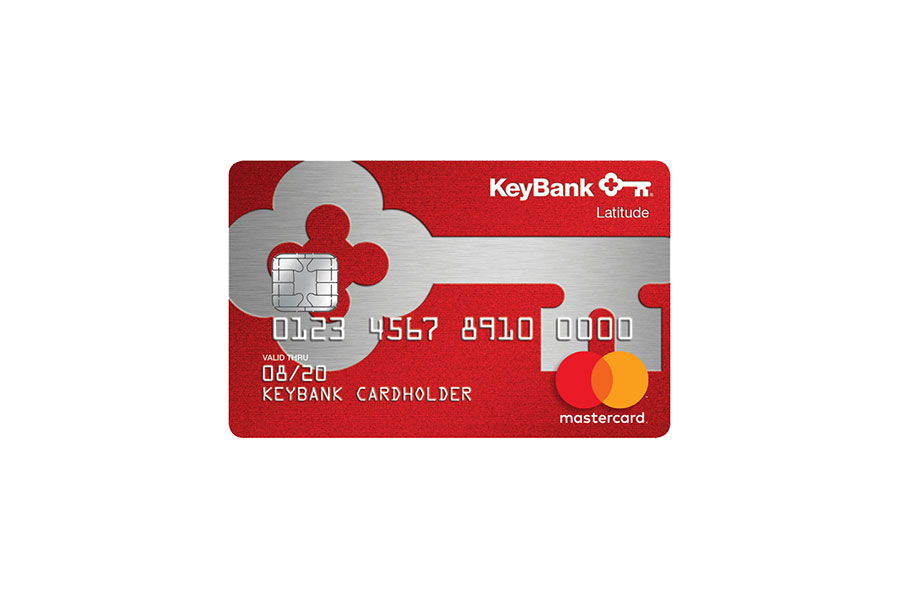Picture this: You’re standing at the checkout counter, groceries bagged and ready to go. You swipe your debit card, only to have it declined. Embarrassing, right? Whether you’re out shopping, paying a bill, or trying to withdraw cash, a declined debit card can throw a wrench into your plans.
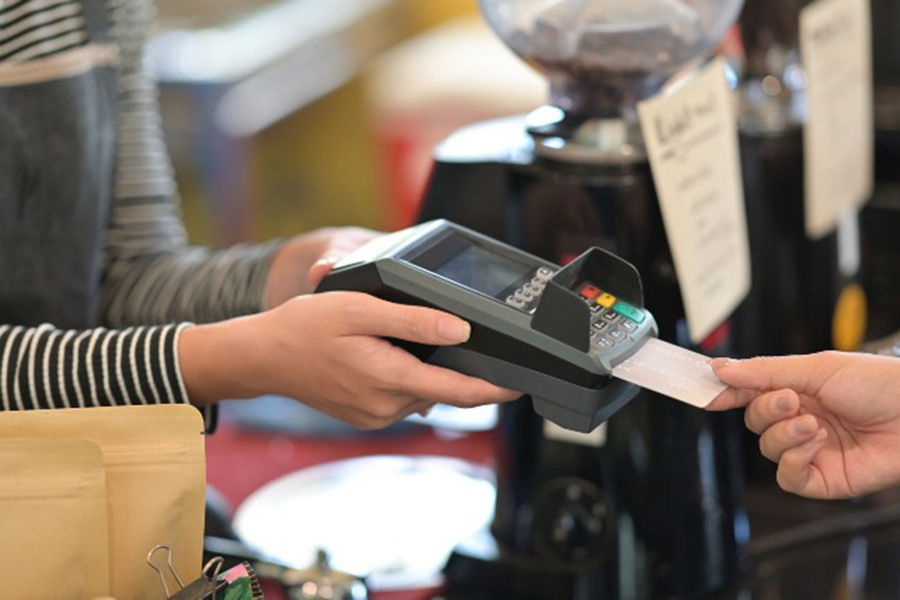
The good news is that most of the time, the issue is straightforward and can be resolved quickly. By understanding the common reasons why a debit card might be declined, you can save yourself the headache and prevent it from happening in the future. Let’s explore the possibilities and find practical solutions to ensure your card works when you need it most.
18 Reasons Your Debit Card Was Declined
There are several reasons why a debit card might not work when you need it. These can range from issues with your account to problems with the card itself or even the merchant’s system. To make it easier to understand, we’ve grouped these reasons into categories so you can pinpoint the cause and take the necessary steps to resolve it.
Account Issues
Issues with your bank account can often lead to declined transactions. Here are the most common problems related to your account:
- Insufficient Funds: If your account doesn’t have enough money to cover a transaction, your debit card will be declined. To avoid this, monitor your balance regularly and consider setting up low-balance alerts for notifications.
- Wrong Account Linked: If your debit card is linked to the wrong account or an account without sufficient funds, the transaction won’t go through. Double-check your card’s linked account and make transfers as needed.
- Card Not Activated: New debit cards must be activated before use. Follow your bank’s instructions, which often involve calling a phone number or using the card at an ATM. Without activation, your card will decline every time.
Security and Fraud Prevention
Banks and merchants use fraud-prevention measures to keep your account safe, but these can sometimes cause your card to be declined.
- Incorrect PIN: Entering the wrong PIN during a transaction will block your card after several attempts. If you’ve forgotten your PIN, call your bank or credit union to reset it.
- Suspicious Activity: Banks may decline transactions that seem unusual, such as large purchases, international charges, or out-of-pattern spending. Notify your bank of travel plans or significant purchases in advance.
- Vendor Mistakes: Errors by the merchant, such as entering incorrect details manually, can also lead to a declined transaction. Ask the merchant to retry or double-check their entries.
Card-Specific Issues
Sometimes, the problem lies with the physical card or its compatibility.
- Expired Card: Debit cards have expiration dates, and transactions won’t go through once the card expires. If your replacement card hasn’t arrived, get in touch with your bank or credit union.
- Damaged Card: A damaged magnetic strip or chip can make your card unusable. If your card frequently declines despite having funds, request a replacement from your bank.
- Unsupported Card Type: Some merchants only accept certain types of debit cards, like Visa or Mastercard. If your card isn’t supported, you may need to use a different payment method.
Merchant or Transaction Issues
Problems with the merchant or specific transaction types can also lead to a declined debit card.
- Daily Spending or Withdrawal Limits: Most banks set daily transaction or withdrawal limits. If you’ve hit your limit, contact your bank or credit union to request a temporary increase.
- Technical Issues: Card readers and ATMs can experience connectivity problems or power failures. If this happens, try another machine or ask the merchant about alternative payment methods.
- Unsupported Transactions: Some banks or merchants restrict certain transactions, like buying gift cards or international purchases. To resolve this, check your online banking settings or visit a branch to address any restrictions. Alternatively, consider using another payment method.
See also: 5 Best Debit Cards for International Travel of 2025
What to Do If Your Debit Card Doesn’t Work
When your debit card is declined, it’s natural to feel frustrated or stuck. Fortunately, resolving the issue is usually straightforward. Here are detailed steps to help you get your card working again:
Try Again
Sometimes a declined transaction is just a temporary glitch. Before taking further action:
- Clean the Card: If the chip or magnetic strip is dirty or scratched, gently wipe it with a soft cloth.
- Use Contactless Payment: If your card supports it, tap to pay instead of inserting or swiping.
- Retry at Another Terminal: The issue might be with the merchant’s machine. Try a different payment terminal if possible.
Check Your Account
Ensure you have enough funds in your account to cover the transaction. Here’s how:
- Log Into Your Bank’s Mobile App: Most apps let you view your balance instantly. Check for recent transactions or holds that might affect your available funds.
- Set Up Alerts: Enable low-balance notifications to stay on top of your finances and avoid surprises.
- Transfer Funds: If needed, move money from a linked savings account to your checking account through the app or online banking.
Double-Check Your Information
If you’re shopping online or over the phone, a simple error in your payment details can cause a decline.
- Verify Card Details: Make sure the card number, expiration date, and CVC are entered correctly.
- Check Billing Address: Ensure the address you provide matches what your bank has on file.
- Complete Additional Verification: If prompted, enter any security codes sent to your email or phone.
Contact Your Bank
If the problem persists, reach out to your bank or card issuer for assistance. Be prepared with the following:
- Recent Transactions: Know the details of your last few purchases to verify your identity.
- Account Number or Card Number: Have these on hand to help the representative locate your account quickly.
- Explain the Issue: Share any details about the declined debit card transactions with the customer support representative, such as the merchant, location, and amount.
Use an Alternative Payment Method
If you can’t resolve the issue immediately, don’t let it derail your plans.
- Pay with Cash or a Credit Card: Always carry a backup payment method for situations like this.
- Digital Wallets: Use payment apps like Apple Pay, Google Pay, or PayPal, which often link to your bank account.
By following these steps, you can identify and resolve the issue with your debit card, often within minutes. Having a backup plan and staying prepared will also help you avoid similar problems in the future.
Bottom Line
A declined debit card can be frustrating, but it’s usually a simple issue with an easy fix. By keeping your account updated, monitoring your spending, and promptly addressing any problems, you can prevent most declines before they happen.
For added peace of mind, always have a backup payment method, like cash or a credit card, ready to go. Staying proactive and prepared ensures you’ll never be caught off guard at checkout.
Frequently Asked Questions
Why is my debit card declined even when I have money?
Even if your account has sufficient funds, your debit card could be declined for other reasons. These might include entering the wrong PIN, your card being expired or damaged, or a temporary hold placed on your account due to suspicious activity.
How can I avoid having my debit card declined in the future?
To prevent declines, regularly monitor your account balance, keep your contact information updated with your bank, and activate any new cards immediately upon receipt. Additionally, let your bank know about unusual transactions, like large purchases or travel, to avoid triggering fraud alerts.
What should I do if my debit card is stolen or lost?
If your debit card is lost or stolen, report it to your bank immediately to prevent unauthorized transactions. Most banks allow you to freeze your card through their mobile app or online banking. Request a replacement card as soon as possible.
Are there fees for exceeding daily withdrawal or spending limits?
Some banks may charge fees if you request to temporarily increase your daily limits or if you exceed them. It’s a good idea to review your bank’s policy or contact customer service to understand any potential fees.
Can I use my debit card for international purchases?
Yes, but some banks restrict international transactions for security reasons. Before traveling abroad or making purchases from international merchants, inform your bank to ensure your card is authorized for those transactions.
How do I update my debit card information?
Log in to your online banking account or mobile app and navigate to the settings or profile section. From there, you can update details like your billing address or contact information. If you need to change your card due to damage or expiration, contact customer service for a replacement.
How long does it take to resolve a declined debit card?
The time it takes to resolve a declined debit card depends on the cause. Simple issues, like insufficient funds or incorrect PIN entries, can be fixed immediately. For more complex problems, like fraud investigations, it may take a few days.
What happens if I hit my daily withdrawal or spending limit?
If you’ve reached your daily purchase limit, your card will decline until the next day, unless your bank approves a temporary increase. Reach out to your bank if you need to make an urgent purchase or withdrawal beyond your daily purchase limit.
Is it safer to use a debit card or a credit card?
Credit cards often offer better fraud protection and don’t directly withdraw funds from your account, making them a safer option for online and large purchases. Debit cards, however, help you avoid debt by using the money you already have.
Can I still access funds if my debit card is blocked?
Yes, you can usually withdraw cash directly from a bank branch with a valid ID or transfer funds to another account through online or mobile banking. For additional options, check your banking app or speak with a representative at the branch.

